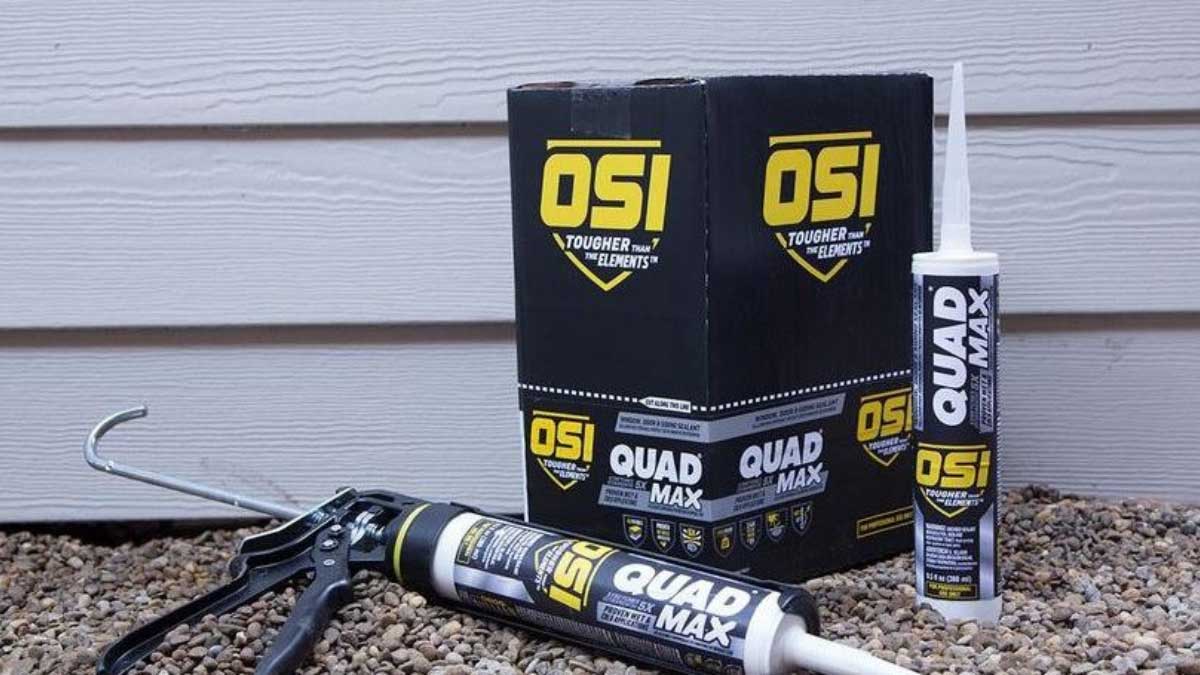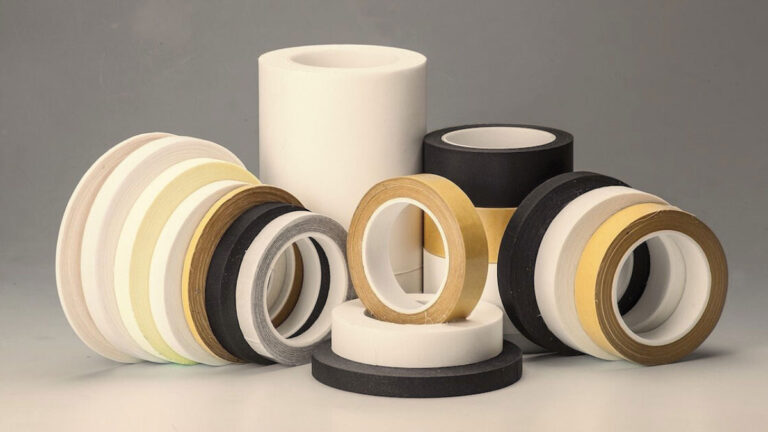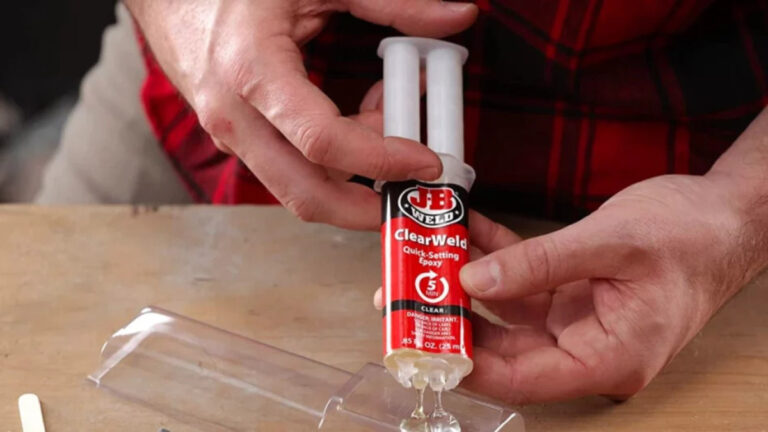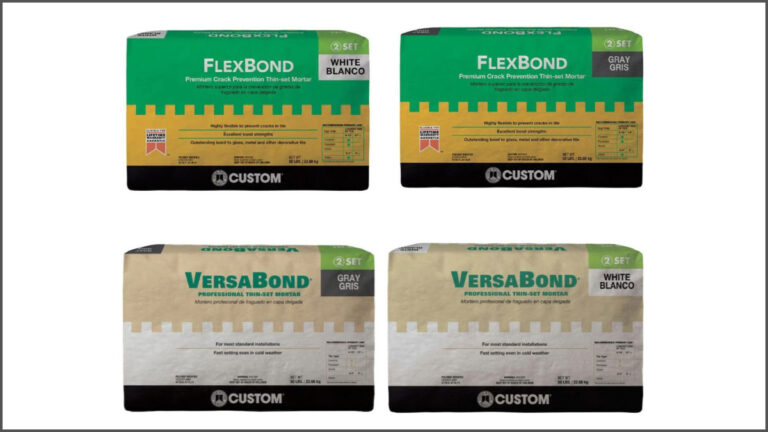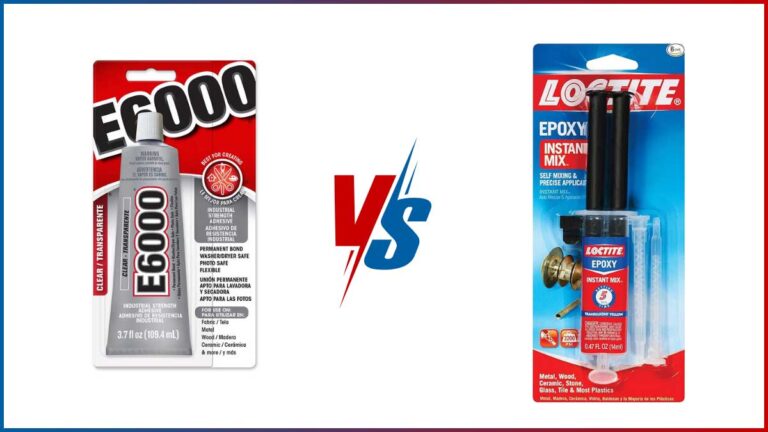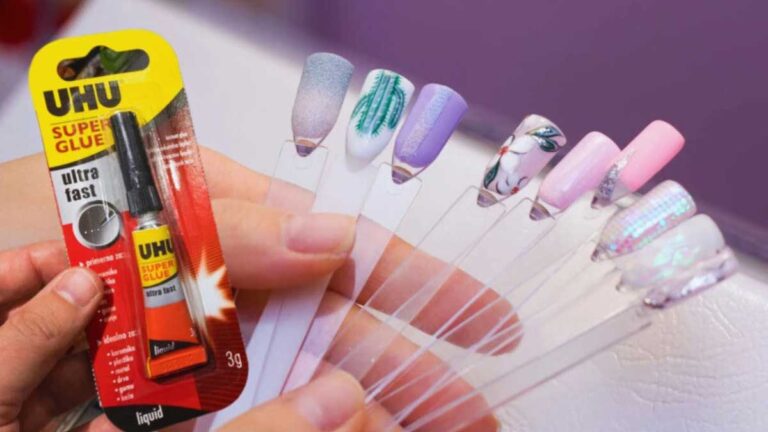OSI Quad vs Quad Max: Which Sealant is Best for You?
Choosing the right sealant for your project can make all the difference in durability and finish. When it comes to high-performance options, OSI Quad and Quad Max often top the list. Both promise excellent adhesion and weather resistance, but how do they really stack up against each other?
You need a sealant that can withstand the elements and provide a long-lasting seal. OSI Quad has been a go-to for many professionals, but Quad Max claims to offer even better performance. Let’s jump into the key differences between these two to help you make an well-informed choice.
Key Takeaways
- Adhesion and Durability: OSI Quad provides strong, all-purpose adhesion suitable for various materials, while OSI Quad Max offers exceptional adhesion, especially on more challenging surfaces. Both are durable but Quad Max excels in extreme conditions.
- Temperature and Flexibility: OSI Quad is efficient within 20°F to 120°F and accommodates 25% joint movement. In contrast, Quad Max operates in a broader range from -20°F to 140°F, offering superior flexibility with up to 50% joint movement, making it ideal for high-stress environments.
- Drying Time and Usability: OSI Quad requires 7-14 days to dry and can be painted afterward, suitable for projects with a flexible timeline. Quad Max dries rapidly within 24 hours and can be painted in just one hour, catering to quick project turnarounds.
- Color Options and Ease of Application: Both OSI Quad and Quad Max come in extensive color palettes. OSI Quad is generally easier to apply and tool, making it user-friendly. Quad Max, while more durable and versatile, requires careful application techniques for a clean finish.
- Cost and Long-Term Value: Both OSI Quad and Quad Max are priced similarly at $6-$7 per tube, but Quad Max often offers better long-term value due to its quicker curing time, enhanced flexibility, and superior adhesion.
- Customer Feedback: Contractors and homeowners highlight Quad Max’s performance in extreme environments and appreciate its rapid drying time and flexibility. OSI Quad is favored for its ease of use and wide range of color options, making it suitable for less demanding applications.
Understanding the Products
Discovering the right sealant can be challenging, but understanding the details and performance of OSI Quad and Quad Max will help you make an well-informed choice. Here, we break down their essential features.
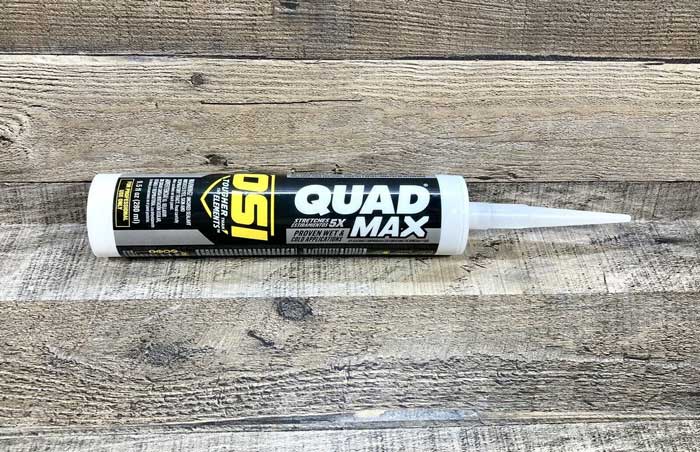
Overview of OSI Quad
- Adhesion and Use: OSI Quad provides strong adhesion suitable for door, window, and siding installations. It adheres to wood, metal, vinyl, and masonry without needing a primer.
- Temperature Range: It operates efficiently between 20°F and 120°F.
- Drying Time: Requires 7-14 days to dry before it can be painted.
- Flexibility: Classified as a Class 25 sealant, indicating high flexibility and durability.
- Tooling: Generally not recommended for tooling, but some users smooth it using mineral spirits and a cotton rag.
- Color Options: Available in a wide range of colors to match different surfaces.
Overview of Quad Max
- Adhesion and Use: Quad Max boasts exceptional adhesion for challenging terrains, including rough or oily surfaces. Suitable for high-stress applications such as exterior windows, doors, and siding.
- Temperature Range: Ensures top performance in extreme temperatures, functioning from -20°F to 140°F.
- Drying Time: Dries rapidly, often within 24 hours, enabling quicker project turnover.
- Flexibility: Classified as a Class 50 sealant, delivering superior flexibility and withstanding significant joint movement.
- Tooling: More forgiving than OSI Quad, making it easier to smooth and work with.
- Color Options: Also offers an extensive palette, making color matching simpler.
| Feature | OSI Quad | Quad Max |
|---|---|---|
| Adhesion | Strong, all-purpose | Exceptional, high-stress |
| Temperature Range | 20°F to 120°F | -20°F to 140°F |
| Drying Time | 7-14 days | Within 24 hours |
| Flexibility | Class 25 | Class 50 |
| Tooling | Challenging, minimal | Easier, more forgiving |
| Color Options | Wide range | Extensive palette |
Knowing both products’ specifications helps determine the best fit for your project. For high-stress, extreme environments, Quad Max is superior, whereas OSI Quad is reliable for diverse, general applications.
Performance Comparisons
When comparing OSI Quad and OSI Quad Max, looking at their performance reveals their strengths in various applications. These insights will help you determine which one suits your needs best.
Durability
When considering how well a sealant can withstand time and elements, both OSI Quad and OSI Quad Max have distinct advantages.
- OSI Quad:
- Longevity: Known for its long-lasting seal in standard weather conditions.
- Weather Resistance: Stands up to various conditions but is less robust in extreme weather compared to Quad Max.
- OSI Quad Max:
- Enhanced Longevity: Designed for a superior lifespan, even in harsh conditions.
- Superior Weather Resistance: Perform exceptionally well from -20°F to 140°F, adapting to extreme conditions.
Adhesion Strength
Adhesion strength is crucial for maintaining a secure seal across different surfaces. Here’s how OSI Quad and OSI Quad Max compare:
- OSI Quad:
- Surfaces: Adheres to wood, metal, vinyl, and masonry without needing a primer.
- Adhesion Quality: Offers good adhesion but may require extra care on unconventional surfaces.
- OSI Quad Max:
- Multifunctional Adherence: Bonds effectively to OBS, wood, aluminum, vinyl, steel, composites, and glass.
- Construction Grade: Similar adhesion properties to construction adhesives, ensuring a stronger and more reliable bond.
Flexibility
The flexibility of a sealant determines how well it can accommodate movement within a joint without breaking. Evaluating OSI Quad and OSI Quad Max’s flexibility helps in choosing the right fit for different environments:
- OSI Quad:
- Joint Movement: Allows for 25% movement, which is suitable for many exterior applications.
- General Use: Adequate for less demanding conditions where extreme flexibility is not required.
- OSI Quad Max:
- Superior Movement Accommodation: Provides up to 50% joint movement capability.
- Demanding Conditions: Ideal for environments where higher joint movement is necessary.
Application and Cure Time
Cure time and applicable temperature range affect project timelines and usability. OSI Quad and OSI Quad Max differ significantly in these areas:
- OSI Quad:
- Temperature Range: Effective between 20°F and 120°F.
- Cure Time: Takes 7-14 days before it can be painted.
- OSI Quad Max:
- Broader Temperature Range: Can be applied from 0°F to 140°F.
- Rapid Cure: Paintable within just one hour, making it suitable for quicker project turnarounds.
| Feature | OSI Quad | OSI Quad Max |
|---|---|---|
| Temperature Range | 20°F to 120°F | -20°F to 140°F |
| Cure Time | 7-14 days | 1 hour |
| Joint Movement | 25% | 50% |
| Adhesion Surfaces | Wood, metal, vinyl, masonry | OBS, wood, aluminum, steel, vinyl, composites, glass |
| Weather Resistance | Good | Superior |
| Longevity | Long-lasting | Superior |
Use this table to quickly compare OSI Quad and OSI Quad Max and decide which is best suited to your specific needs.
Application and Usability
Exploring the world of high-performance sealants, OSI Quad and Quad Max stand out for their superior quality and functionality. These options maintain durability and a superior finish even under demanding conditions.
Easy of Use
- OSI Quad: You’ll find that OSI Quad is generally easier to handle and apply. Its user-friendly properties allow for simpler tooling compared to Quad Max. Even though its strong adhesion, removing OSI Quad is typically less challenging, which can be a crucial factor for reapplication or adjustments.
- OSI Quad Max: This sealant offers robust adhesion similar to construction adhesives. But, once applied, you shouldn’t attempt further tooling. Employ techniques such as using painter’s tape to avoid mess and cut the nozzle at a 45° angle for a precise application. These steps help manage its higher viscosity and ensure a clean finish.
Cure Time and Conditions
- OSI Quad: The curing time for OSI Quad ranges from 7 to 14 days. It can be applied effectively within a temperature range of 20°F to 120°F. This flexibility makes it a reliable choice for various climates.
- OSI Quad Max: In contrast, Quad Max requires a significantly shorter curing period, being paint-ready in just 1 hour and fully cured within 24 hours. It performs in extreme temperatures, from -20°F to 140°F. These features make it an excellent candidate for rapid projects requiring quick turnaround times.
Compatibility with Materials
Both OSI Quad and Quad Max exhibit high versatility concerning compatible materials:
- OSI Quad:
- Wood
- Aluminum
- Vinyl
- Steel
- Composites
- Glass
- OSI Quad Max:
- Similar surface compatibility to OSI Quad but with added resilience on more challenging substrates.
| Feature | OSI Quad | Quad Max |
|---|---|---|
| Adhesion | High | Superior, like construction adhesives |
| Ease of Tooling | Easier | Requires careful technique |
| Cure Time | 7-14 Days | 24 Hours |
| Temperature Range (Application) | 20°F to 120°F | -20°F to 140°F |
| Material Compatibility | Wood, Aluminum, Vinyl, Steel, Composites, Glass | Similar range including more challenging materials |
| Tooling After Application | Permissible | Not recommended |
These insights provide a clear comparison, helping you make an well-informed choice based on your specific needs and project requirements.
Cost and Value
This section delves into the cost and value comparison between OSI Quad and OSI Quad Max, focusing on how each performs in terms of price and long-term benefits.
Price Comparison
Both OSI Quad and OSI Quad Max are priced around $6-$7 per tube. Even though this similarity in cost, the two products offer distinctive features and performance attributes.
Price (per tube):
- OSI Quad: $6-$7
- OSI Quad Max: $6-$7
Long-Term Value
When evaluating long-term value, several factors come into play, including curing time, adhesion, flexibility, color options, and durability. Here’s how OSI Quad and OSI Quad Max stack up:
Curing Time
- OSI Quad: The curing time is between 1-3 weeks. This longer curing period can be a drawback if you need a quick-drying solution. But, its long curing period allows for ample time to work with the sealant before it sets.
- OSI Quad Max: The curing time is significantly faster, taking only 1-3 days. This faster curing time can be advantageous in projects where time is a critical factor.
Adhesion and Flexibility
- OSI Quad: Provides good adhesion and can stretch up to 3 times its original length. This level of flexibility makes it suitable for various applications needing a moderate degree of movement.
- OSI Quad Max: Known for better adhesion properties, Quad Max can offer superior sticking power on more challenging surfaces. Its classification as a Class 50 sealant means it can handle up to 50% joint movement, providing a higher flexibility level.
Color Options
- OSI Quad: Offers a vast library of colors which makes it easier to match with different sidings and trims. This versatility ensures aesthetic alignment with various materials.
- OSI Quad Max: While it may not have as extensive a color range as OSI Quad, it still offers a good selection of colors designed to match common materials.
Durability
- OSI Quad: Resists discoloration and dirt buildup, making it a reliable choice for environments where appearance and cleanliness are important.
- OSI Quad Max: Also resists discoloration and dirt, but its enhanced adhesion and flexibility contribute to better long-term durability in harsh conditions.
| Feature | OSI Quad | OSI Quad Max |
|---|---|---|
| Price (per tube) | $6-$7 | $6-$7 |
| Curing Time | 1-3 weeks | 1-3 days |
| Adhesion | Good | Better |
| Flexibility | Up to 3x stretch | Up to 50% joint movement |
| Color Options | Extensive | Moderate |
| Durability | Resists discoloration, dirt | Enhanced durability |
By considering these factors, you can make an well-informed choice on which sealant best meets your needs, whether they’re for quick projects requiring fast curing times or long-term applications needing superior flexibility and durability.
User Reviews and Experiences
User feedback often highlights the practical aspects and real-life performance of OSI Quad and Quad Max sealants. The following sections present insights from contractors and homeowners who have used these products in various applications.
Contractor Feedback
Temperature Range and Flexibility:
- OSI Quad: Contractors appreciate the -20°F to 120°F working range, which suits most standard applications. They’re particularly impressed by its Class 25 flexibility.
- OSI Quad Max: Professionals favor Quad Max for its broader range of 0°F to 140°F and Class 50 flexibility, making it ideal for extreme conditions and complex joints.
Drying Time and Paintability:
- OSI Quad: Its drying period of 7-14 days often restrains quick project turnarounds. But, it’s seen as adequate for projects with non-urgent timelines.
- OSI Quad Max: The one-hour paintability drastically reduces project downtime, a major plus for time-sensitive jobs.
Adhesion and Joint Movement:
- OSI Quad: Highly regarded for strong adhesion on wood, metal, and other common materials. Nonetheless, its limited movement capacity makes it less suitable for areas requiring high flexibility.
- OSI Quad Max: Contractors highlight its ability to accommodate 50% joint movement, making it the preferred choice for dynamic and high-stress applications.
Homeowner Experiences
Color and Surface Compatibility:
- OSI Quad: Homeowners appreciate the extensive color variety that matches various home aesthetics, favoring installations on wood, metal, vinyl, and masonry.
- OSI Quad Max: Although Quad Max’s color options are limited, its superior surface compatibility—particularly on less common materials—receives positive feedback.
Ease of Use:
- OSI Quad: Many users find its handling friendly and less viscous, making it easier to apply and tool, even for DIY projects.
- OSI Quad Max: While its higher viscosity demands more care during application, users often value its durability and performance, especially in challenging conditions.
Durability:
- OSI Quad: Homeowners report satisfaction with its long-lasting seal in mild to moderate weather conditions.
- OSI Quad Max: User reviews frequently mention its unmatched weather resistance and longevity, even in harsh environments.
Comparative Table
Here’s a comprehensive comparison based on user reviews and experiences:
| Feature | OSI Quad | OSI Quad Max |
|---|---|---|
| Temperature Range | 20°F to 120°F | 0°F to 140°F |
| Flexibility | Class 25 (25% joint movement) | Class 50 (50% joint movement) |
| Drying Time | 7-14 days | 1 hour paintability, 24 hours complete |
| Color Options | Extensive range | Primarily white |
| Surface Compatibility | Wood, metal, vinyl, masonry | Broad, including challenging surfaces |
| Ease of Use | User-friendly application and tooling | Requires careful application |
| Durability | Adequate for standard conditions | Excellent for harsh conditions |
Use this consolidated information to determine the best sealant based on your specific needs and preferences. Both OSI Quad and Quad Max offer reliable performance, but the choice depends on factors like project urgency, environmental conditions, and the required flexibility.
Conclusion
Choosing between OSI Quad and Quad Max eventually depends on your specific project requirements. If you need a sealant with strong adhesion and good flexibility for standard conditions, OSI Quad is a reliable option. For projects demanding superior durability, extreme temperature performance, and faster curing, Quad Max stands out as the better choice.
Consider the environmental conditions and the surfaces you’ll be working with when making your decision. Both products offer excellent value and performance, but Quad Max’s enhanced features provide an edge in more challenging scenarios. Your choice will ensure a lasting, high-quality finish for your sealing needs.
Frequently Asked Questions
What are the key differences between OSI Quad and Quad Max?
OSI Quad operates within a temperature range of 20°F to 120°F, has a Class 25 flexibility rating, and a curing time of 7-14 days. Quad Max, on the other hand, offers better performance under extreme temperatures (-20°F to 140°F), a Class 50 flexibility rating, and cures in just 24 hours. Quad Max also provides better adhesion and easier tooling compared to OSI Quad.
Is OSI Quad Max suitable for extreme weather conditions?
Yes, OSI Quad Max is designed for exceptional weather resistance and performs effectively in extreme temperatures ranging from -20°F to 140°F, making it highly durable in harsh environments.
How long does it take for OSI Quad to dry completely?
OSI Quad typically requires 7-14 days to dry completely. The drying time can vary based on environmental conditions like temperature and humidity.
Can OSI Quad or Quad Max be painted over?
Yes, both OSI Quad and Quad Max can be painted over. However, Quad Max can be painted within just one hour after application, while OSI Quad usually takes longer to be ready for painting.
Which sealant offers better flexibility, OSI Quad or Quad Max?
Quad Max offers superior flexibility with a Class 50 rating, allowing for up to 50% joint movement. OSI Quad has a Class 25 flexibility rating, accommodating 25% joint movement.
Are OSI Quad and Quad Max adhesive to a variety of surfaces?
Yes, both sealants adhere well to common materials like wood, aluminum, vinyl, steel, composites, and glass. Quad Max also excels on more challenging substrates due to its multifunctional adhesion capabilities.
Does OSI Quad Max require a primer for adhesion?
No, OSI Quad Max generally does not require a primer and adheres well to most surfaces, including some challenging substrates that other sealants might struggle with.
How do OSI Quad and Quad Max handle joint movement?
OSI Quad can accommodate up to 25% joint movement, suitable for standard conditions. Quad Max can handle up to 50% joint movement, making it ideal for more demanding applications.
Which sealant offers better long-term durability?
Quad Max is designed for superior longevity and is better suited for harsh environmental conditions, offering exceptional weather resistance and flexibility. OSI Quad is durable in standard weather conditions but does not match the extreme durability of Quad Max.
What is the price range for OSI Quad and Quad Max?
Both OSI Quad and Quad Max are priced around $6-$7 per tube, making them cost-effective options considering their high-performance characteristics.

